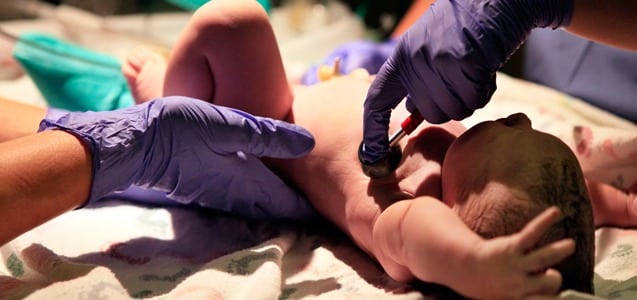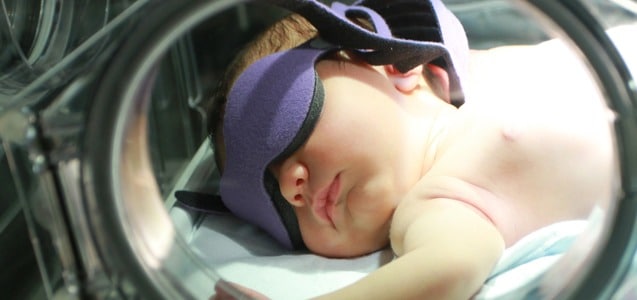
Vacuum-Assisted Delivery And Birth Injury
Sometimes, during the labor and delivery process, the baby needs a little help getting through the birth canal. Approximately 1 out of 20 vaginal deliveries in the United States result in some form of assistance being required. Prolonged labor can be dangerous to the baby as well as extremely painful and exhausting to the mother....
CONTINUE READING
Group B Strep Infection Causing Birth Injury
Group B streptococcus (GBS), is a bacterium that can cause serious infections in newborn babies. It is one of many types of streptococcal bacteria, commonly referred to as “strep.” Approximately one in three to four pregnant women in the US carries GBS. It is found in the lower part of the digestive system (colon) and/or...
CONTINUE READING
Kernicterus
Despite advances in neonatal care, preventable injuries to newborns are still prevalent in the United States. Jaundice, a common medical condition in infants, is characterized by yellow tinting of a newborn’s skin and the whites of the eyes (conjunctiva). This yellowing is a sign that there is too much bilirubin (a substance formed by the...
CONTINUE READING
Ataxic Cerebral Palsy
Cerebral palsy (CP) occurs in nearly 1 in every 500 births, making it is the most prevalent cause of motor function impairment. A disorder of movement, muscle tone or posture, CP is a neurological condition caused by brain damage which is usually suffered before, during or soon after a baby is born. CP may also...
CONTINUE READING
Dyskinetic Cerebral Palsy
Cerebral palsy, or CP, is one of the most common birth injuries associated with medical negligence in the United States. This serious medical condition is the result of an injury to the baby’s brain, including brain damage caused by oxygen deprivation during labor and delivery. Cerebral palsy can be categorized into different forms, based on...
CONTINUE READING
Fetal Acidosis
Before a baby is born, the fetus is completely dependent on the mother’s blood supply to receive oxygen and nutrients. These necessities are delivered from mother to child through the umbilical cord and placenta. If proper care is not taken by a medical professional during the labor and delivery process, the baby’s oxygen supply can...
CONTINUE READING
Spastic Cerebral Palsy at Birth
Spastic cerebral palsy is a permanent loss of muscle control caused by an injury to the brain resulting from a variety of causes, one of which is a lack of oxygen to the baby during labor and delivery. Spastic CP is characterized by involuntary movement of the arms and legs, uncontrolled muscle spasms and can...
CONTINUE READING
Uterine Rupture and Birth Injury
Uterine rupture in pregnancy can be life-threatening for the mother and baby. Signs and symptoms associated with uterine rupture should be identified by a medical provider through careful monitoring of the mother and baby during labor and delivery, and include: Significant uterine bleeding Severe chest pain or abdominal pain Falling blood pressure in the mother...
CONTINUE READING
Placenta Previa and Hypoxic Brain Injury
Placenta previa occurs when the placenta lies low in the uterus and partially or completely covers the cervix. When this happens, the placenta is lying between the fetus and the birth canal, effectively blocking the baby’s delivery. Although placenta previa is quite common in the early weeks and months of pregnancy, it typically resolves as...
CONTINUE READING
Perinatal Hypoxia and Blindness in Newborns
According to the NCBI (National Center for Biotechnology Information), damage to the brain is the most common cause of visual impairment in children in developed countries. Blindness caused by brain injury during a baby’s labor and delivery (the perinatal phase of birth) occurs when the baby’s oxygen supply is severely interrupted for a long enough...
CONTINUE READING